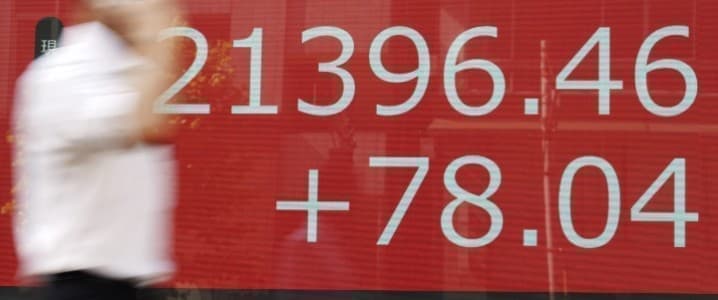Oil prices have generally been trending higher over the past few months as the demand outlook for the commodity improved amid mass vaccination efforts. This week, however, benchmarks have experienced a rare moment of stability.
This stability does not reflect stability in the market environment. On the contrary, it is the result of bullish and bearish events—equally strong—that are basically canceling each other for the time being.
On the bearish side, we have the news about the U.S.-Iran talks in Vienna, with most reports on these suggesting a deal will be closed soon. Yet in evidence of just how fragile any stability in oil markets is, yesterday's prices inched up on reports that the talks had hit a snag.
"The Iranians and western powers cannot get the details worked out that will get this deal signed and delivered," said Mizuho energy futures director Bob Yawger, as quoted by Reuters on Monday.
In more bad news about the negotiations, "U.S. Secretary of State Blinken poured cold water over the prospect of a revival, stating that there was no indication that Iran is willing to comply with nuclear commitments," OANDA market analyst Sophie Griffiths said in a note quoted by Reuters on Tuesday.
On the bullish side, there are upbeat expectations about oil demand as Europe and the United states reopen and driving season begins. These expectations prompted Goldman Sachs to write in a note last Sunday that despite an Iranian nuclear deal, Brent could still hit $80 per barrel in the fourth quarter of the year.
The bank cited a stronger than previously expected recovery in mobility that would offset oil demand declines in Latin America and South Asia because of the pandemic. At the same time, Goldman noted the slower than expected rebound in shale oil production in the United States as the leading factor for expectations that global supply is rising more slowly than demand.
Hedge funds, meanwhile, have been cutting their exposure to oil for two weeks, according to Reuters' John Kemp. In his latest Monday column, Kemp reported that hedge funds and other money managers had sold the equivalent of 35 million barrels of crude in the six most traded crude and fuel contracts in the week to May 18, with the bulk in Brent crude and WTI positions. It's worth noting, however, that the addition of new bearish positions on the oil and fuel contracts was minor, at just 7 million barrels.
The longer Iran negotiations continue, the longer oil bulls will enjoy the upward potential of the talks. However, it appears that many analysts believe the demand rebound is so strong that even if an agreement is reached and a couple of million barrels of Iranian crude daily are added to global supply, they will be quickly absorbed without affecting prices.
"Additional supply from Tehran is poised to be absorbed by the market as a result of a vaccine-spurred surge in demand over the coming months," said PVM's Stephen Brennock, as quoted by Reuters.
Iran earlier this month said it was ramping up production and could boost it to 4 million bpd within three months. OPEC will also be adding supply—albeit very gradually—over the next few months, also pinning its hopes on global demand recovery as mobility increases thanks to vaccinations.
Volatility will, however, remain heightened beyond the current brief moment of stability. Despite the bullish outlook for demand, as expressed by Goldman and other analysts, the fact that oil prices jumped immediately on the news that the talks have stalled is proof enough that stability is still only a passing fad in oil markets.
By Irina Slav for Oilprice.com
More Top Reads From Oilprice.com:
- U.S. Shale Is Finally Giving Shareholders A Payday
- The $87 Billion Chinese Car Maker That Hasn’t Sold A Single Car
- Oil Prices Fall As Iran Claims Sanctions Will Be Lifted



















The bearish Indian COVID crisis will soon be under control while the other bearish Iran’s nuclear deal is doomed. A lifting of US sanctions on Iran may never see the light of day even by 2023 or ever. The reason is that the positions of the United States and Iran are irreconcilable.
That is why Brent crude is projected to hit $70-$80 a barrel in the third quarter of this year and average $65-$67 for the year with global oil demand returning to pre-pandemic level by the middle of this year.
Dr Mamdouh G Salameh
International Oil Economist
Visiting Professor of Energy Economics at ESCP Europe Business School, London